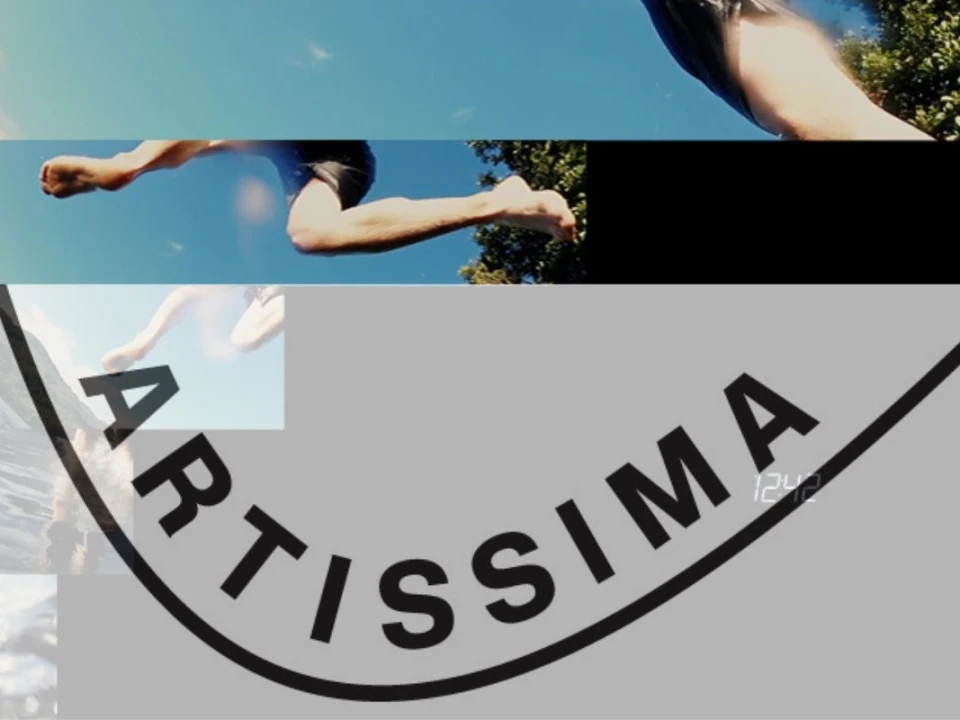The relationship between Design and Art represents an issue on which it has been famously debated for a long time, but today it takes on new forms and different directions.
In fact, Design, traditionally linked to the dimensions of Aesthetics and Technique, increasingly in this our era also intervenes in the field of Semiotics, acting as a catalyst of values and a transmitter of meanings.
According to Dejan Sudjic, “Objects constitute the way in which we measure the passing of our lives. They are what by which we define ourselves, to signal who we were and who we were not [...] Design has become the language by which we shape those objects and by which we shape the messages they carry” (The Language of Things, 2015, 12).
Thus, the dialogue between Design and Art becomes more intense and bidirectional, particularly with reference to Contemporary Art, which by its very nature stimulates and reflects the intercurrent impulses between the world of Art and the Society of our days.
Consequently, the Artissima fair, i.e., the main event on Contemporary Art in our country, also translates today into an event of primary importance for Italian Design.
Artissima, a fair recognized internationally for its focus on experimental practices and as a springboard for emerging artists and research galleries, is an event that attracts a select audience of collectors, professionals and enthusiasts each year.
The 2024 Edition of the event took place in Turin, November 1-3, with the participation of 189 national and international galleries, 66 of which presented monographic projects.
First and foremost, the fair was structured around the four established and historical sections: Main Section, New Entries, Monologue/Dialogue and Art Spaces & Editions.
This classic offering, moreover, was enriched by the work of five interesting curators, such as Léon Kruijswijk, Joel Valabrega, Jacopo Crivelli Visconti, Heike Munder and Irina Zucca Alessandrelli, who respectively offered focused insights in the Present Future sections, dedicated to new generations, Back to the future, aimed at the rediscovery of art pioneers, and Drawings,focus, reserved exclusively for works on paper.
All of the above sections, of course, were also hosted on the Artissima Voice Over digital platform.
The theme of Edition 2024, which makes the relationship between the event and the Design sector particularly vital and pervasive, is “The Era of Daydreaming.”
Luigi Fassi, director of Artissima, explains that the title “emphasizes research initiated very recently on the subject of daydreaming-and attented to in particular by Oxford University. Daydreaming is an everyday experience, that is, the ability of the mind to self-generate inner dialogue and elaboration of one's life story through the forms of an ever-evolving visual thought.”
Just as Design by its very nature stands at an ideal intersection between Technique and Creativity, so these researches stand at the border between science and the humanities, working on the innate capacity of the human mind to imagine alternative realities.
Says Luigi Fassi again, “Decisive in artistic production, daydreaming has immense demiurgic potential, and it is what artists primarily use to break the barriers of what is known and predictable and chart new paths in the exploration of actuality.”
In short, “through daydreaming, we are constantly shaping new relational scenarios, finding original solutions, and shaping ambitious projects that relaunch our biographical project forward. Artissima this year invites people to listen to their daydreams, calling together a community of daydreamers, that of artists and those who accompany their work, to embark on an exciting journey to discover the unlimited potential of the human mind.”
The ability to chart new paths, to work out unexpected solutions, to find novel expressions, strongly unites Contemporary Art, particularly on the side that has been chosen for Artissima 2024, and the world of Design.
In fact, even from a strictly legal point of view, the prerogative that distinguishes the institution of Design from the ordinary activity of Design is constituted precisely, in legal terms, by the originality of the results of the creative activity, which must be such as to arouse surprise, displacement, wonder.
Design and Contemporary Art, in some ways, today are united by the same and peculiar idea of Beauty.
This specific concept of beauty has been brilliantly described by Italian sociologist Domenico De Masi: “beauty is shock and meaning-giving. We citizens of the post-industrial society say that a thing is beautiful if, among the thousands of other things that surround us, just that one stands out from all the others, strikes us, compels us to be taken into consideration, wins a space in our attention and manages to acquire for us a meaning, an all-literal sense” (Tag. The Words of Time, 2015, 65).
Once again we return to the dimension of Semiotics, to the world of meanings, whose vector elements-both to access the legal qualification of Design and to rise to the status of creation of Art-must present a high gradient of originality and unpredictability.
Both the Designer and the Artist, in short, as the experience of Artissima 2024 also teaches us, must in a way be daydreamers, individuals capable of daydreaming, of pushing the potential of the human mind beyond its limits, and then returning to us the results of their efforts with expressions of Design and works of Art.




